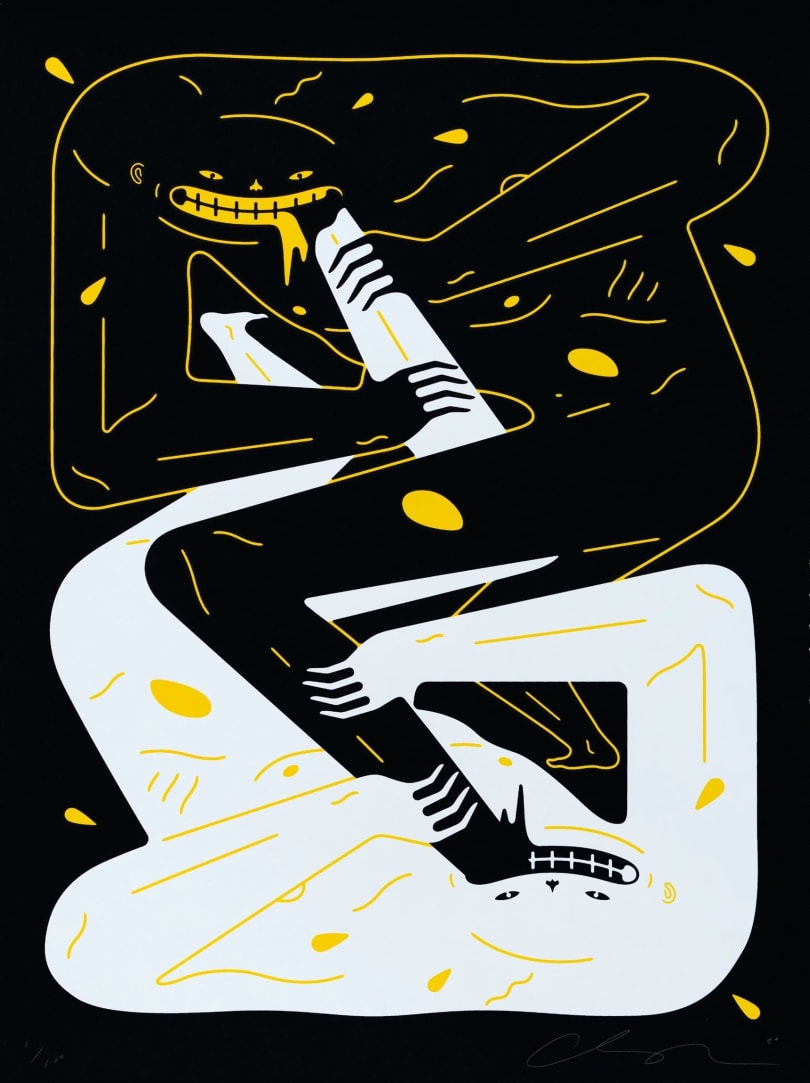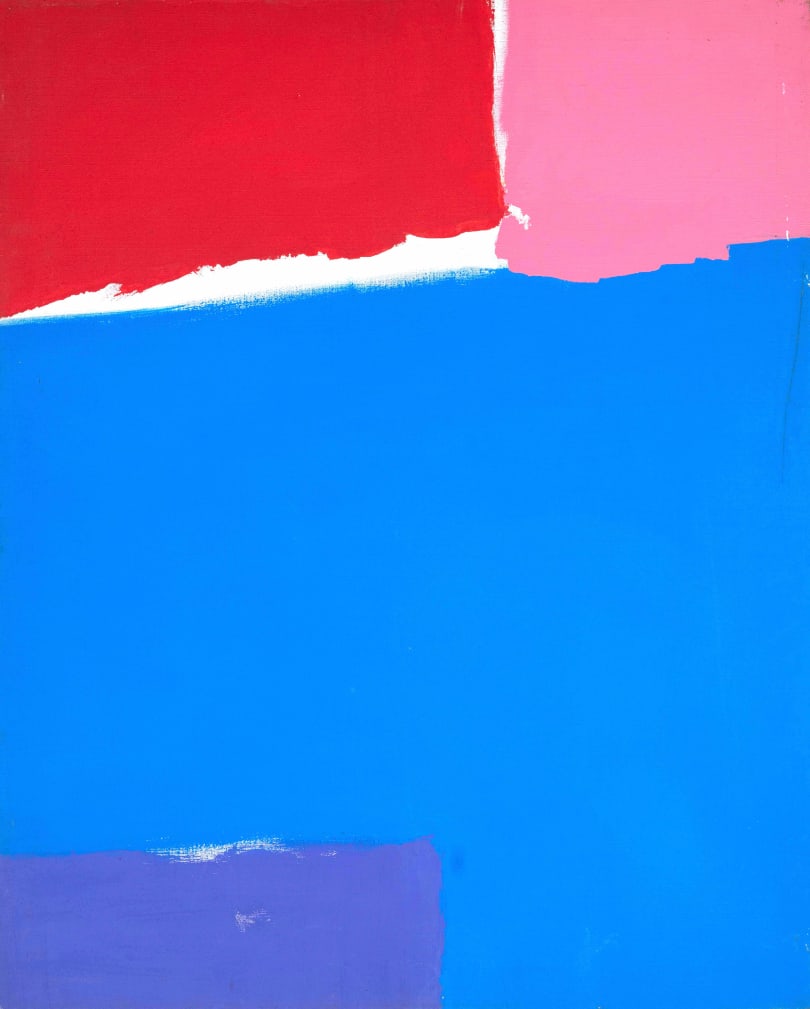
Anémones
Category
PrintTechnique
Color lithograph on Arches paperDate
1948Dimensions
62.2 cm x 47.6 cmArtwork information
Category
PrintTechnique
Color lithograph on Arches paperDate
1948Dimensions
62.2 cm x 47.6 cmSignature
Signed lower rightProof(s) of authenticity
Lithograph sold with a certificate of authenticity issued by the publisher MourlotState of conservation
Very goodFraming
NoLocation
Paris, FranceDescription
Lithograph on Arches paper printed by Mourlot editions. Edition of 250 copies.
The artist

Bio
Raoul Dufy was a French decorator and painter of the first half of the 20th century. He was born in Le Havre on 3 June 1877 and died in Forcalquier on 23 March 1953. Like many modern artists, he diversified his activities by illustrating texts and creating fabrics and sets for the theatre. Dufy's style often expresses the idea of a festive spectacle in everyday life. Among the great works of this master of sensuality is La fée électricité, a huge fresco consisting of 250 panels, commissioned by the Compagnie parisienne d'électricité in 1937.
Raoul Dufy was born into a modest family in Le Havre, his father was an accountant and organist, he introduced his nine children to the arts. From the age of 14, Raoul Dufy began to practice painting at the Municipal School of Fine Arts, under the guidance of Charles Lhuillier. At the age of 15, he exhibited his work and continued to participate in prestigious exhibitions in France and abroad, in Brussels, Geneva, Copenhagen, Prague, London, Chicago, New York...
Initially influenced by the impressionists and post-impressionists such as Pissarro, Monet and Chagall, he also became fascinated by the work of Henri Matisse and tried his hand at Fauvism. From 1911 onwards, he collaborated with great couturiers, such as Paul Poiret, and contributed to theatrical decoration from 1918 onwards thanks to his friendship with Jean Cocteau, who even wrote a book about him in 1948.
Around the age of 60, Raoul Dufy began to suffer from rheumatoid arthritis, a crippling disease that gradually led him to live in the south of France.






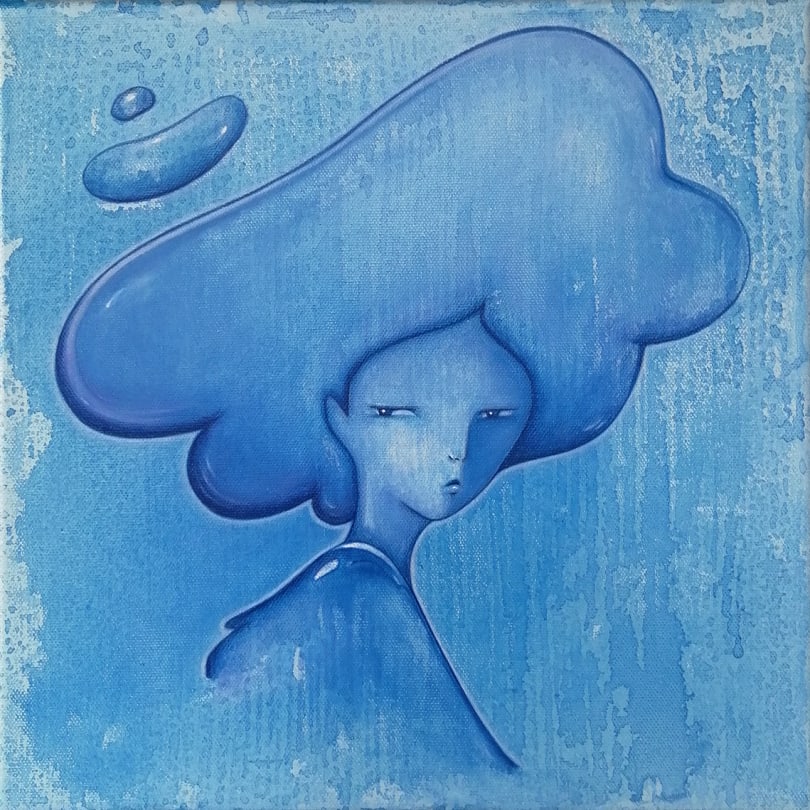



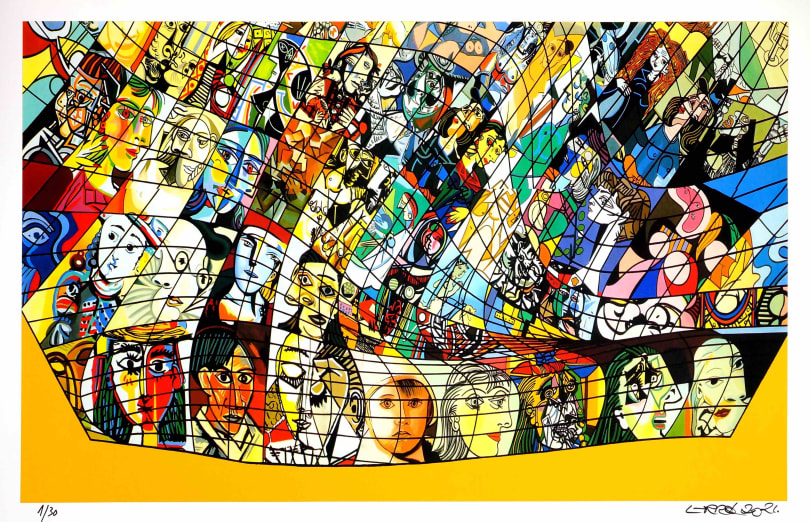
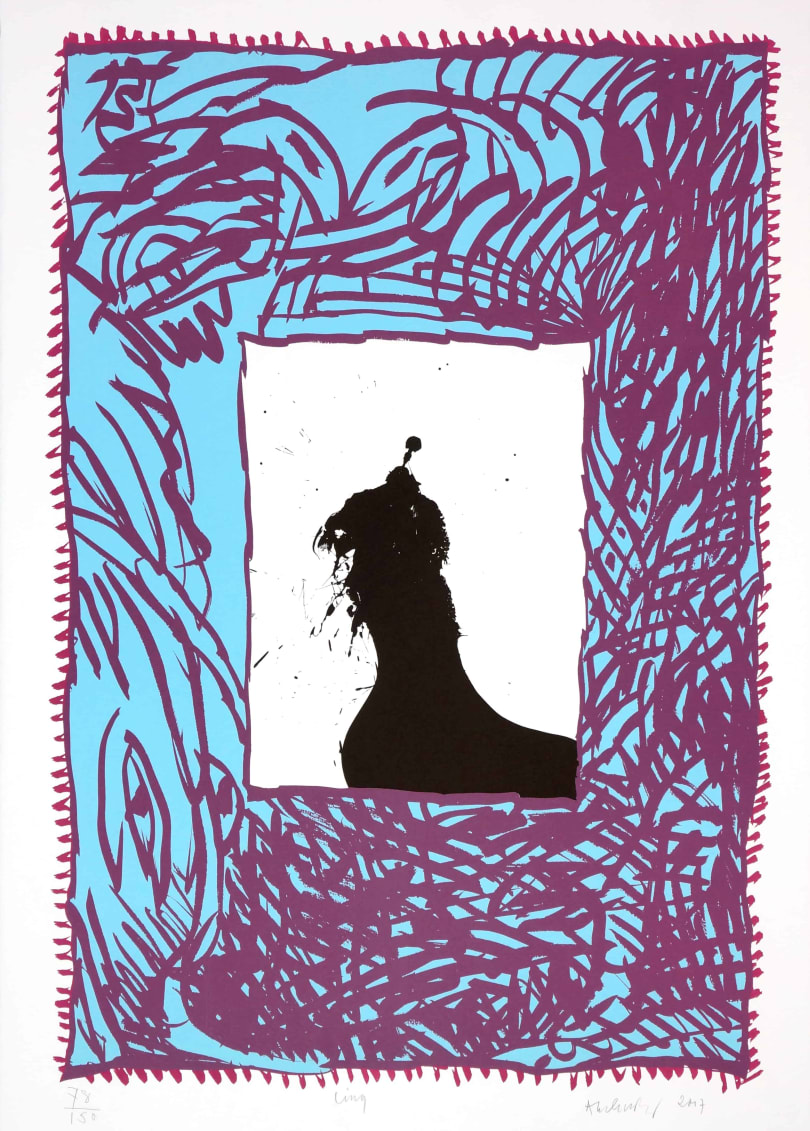

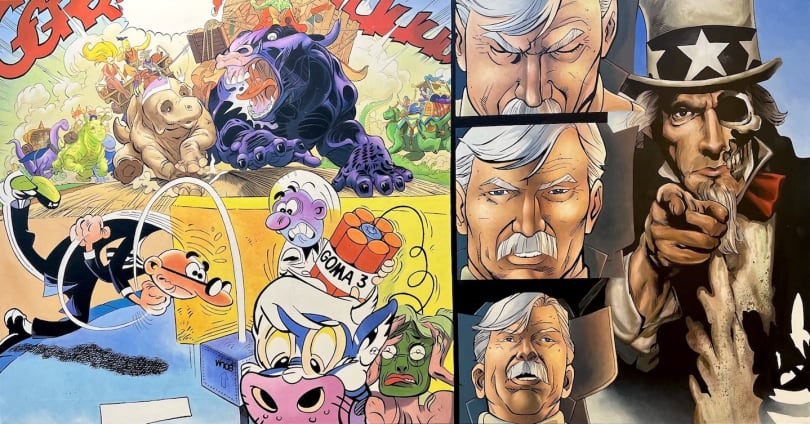






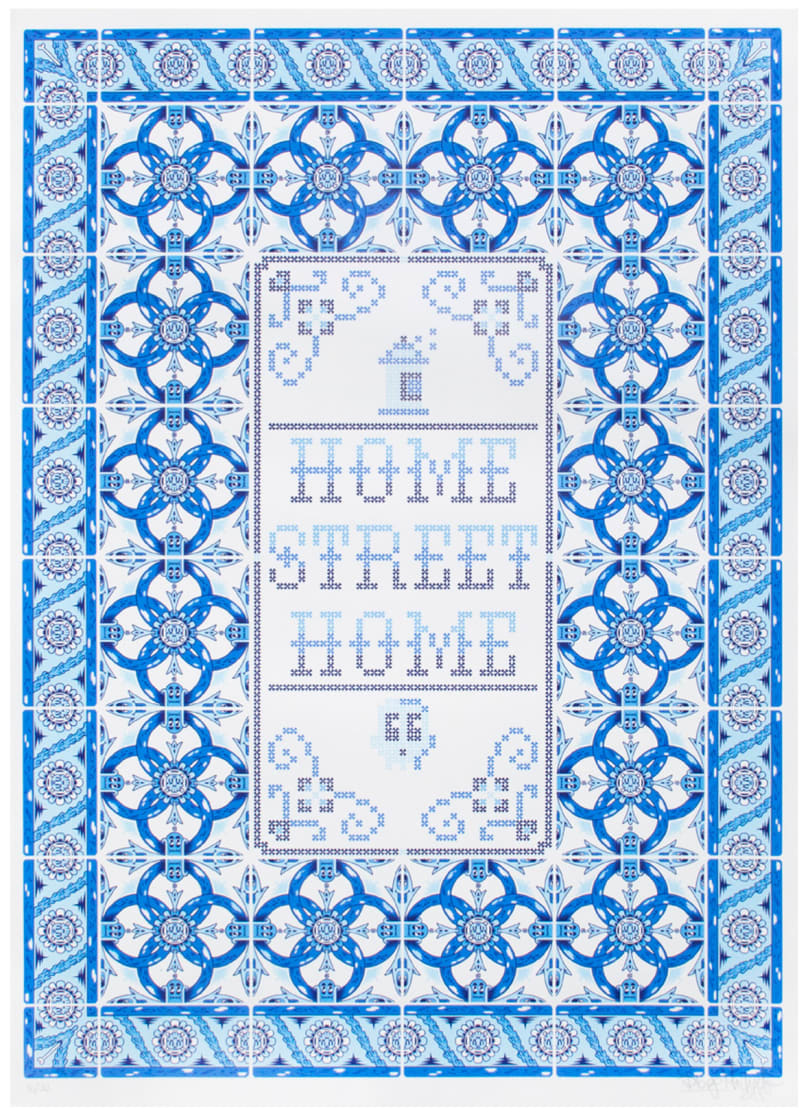

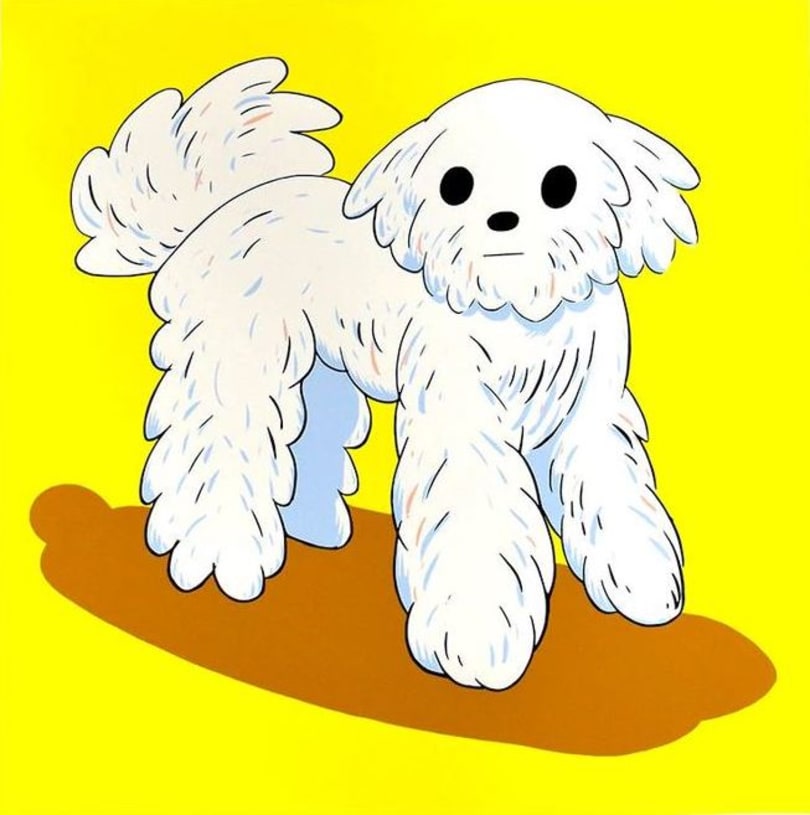



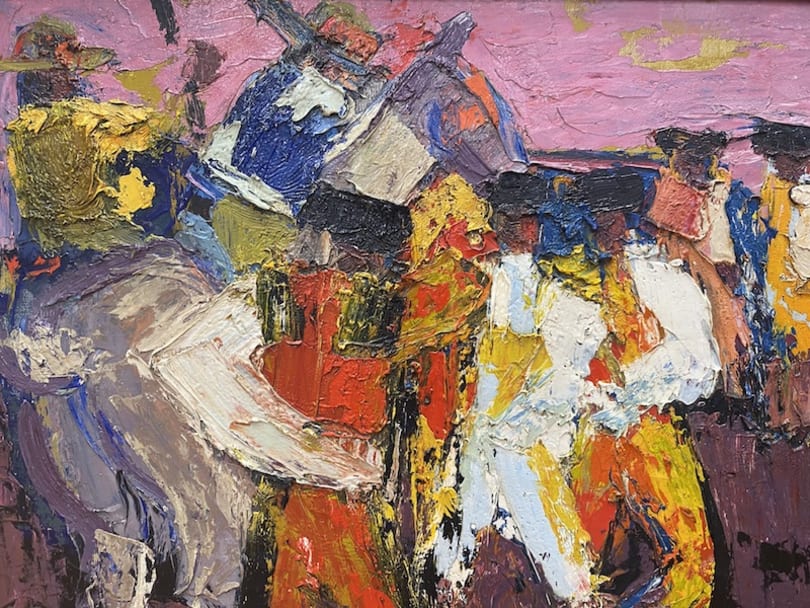

.jpg)



.jpg)


